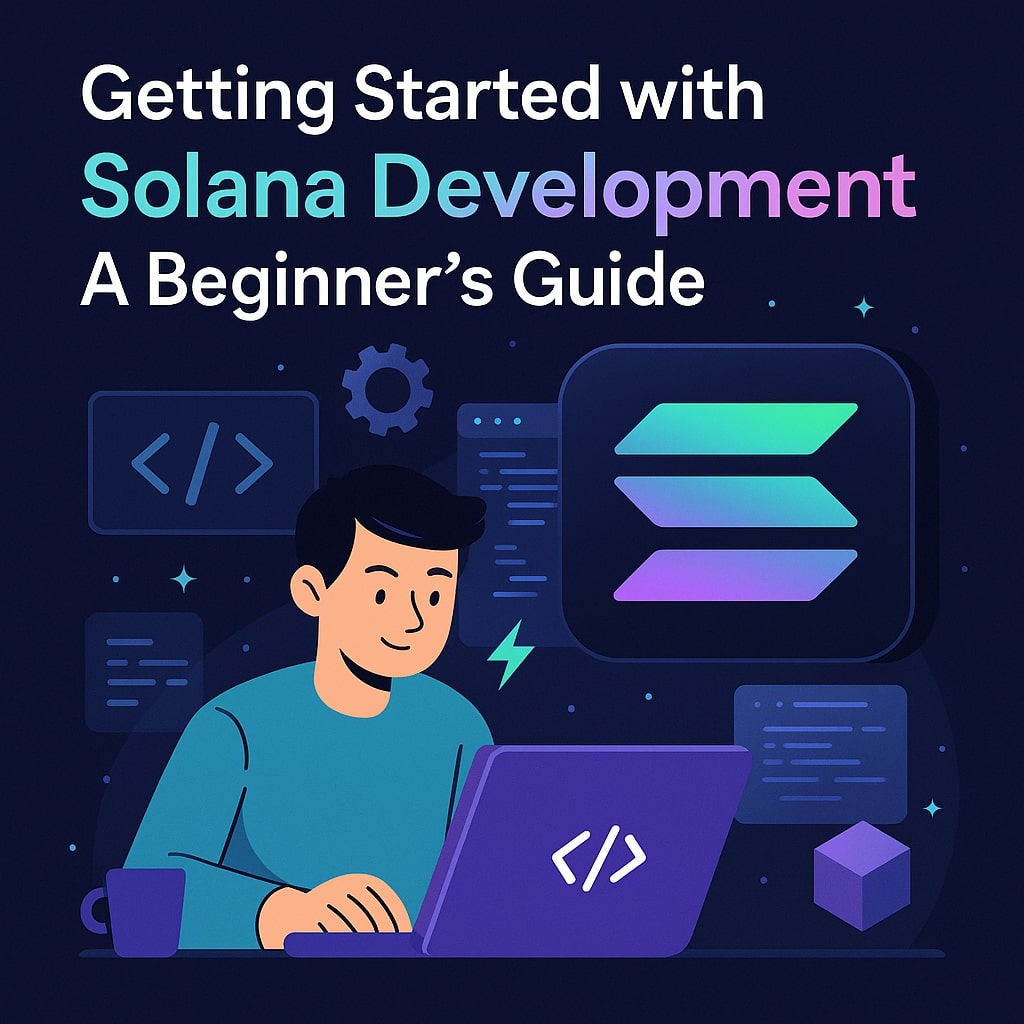Getting Started with Solana Development

Getting Started with Solana Development
Solana is engineered for throughput and low transaction costs, making it well-suited for real-time and high-frequency applications such as trading platforms, gaming backends, and micropayment systems. To begin, install the Solana CLI, configure a local keypair, and start a local validator for iterative testing. Local development reduces friction while you validate core program logic and account interactions.
The Anchor framework abstracts many of Solana's lower-level patterns, providing scaffolding for Rust-based programs, IDL generation, and convenient client bindings. Anchor streamlines common tasks like account validation and serialization while encouraging conventions that improve maintainability.
When designing on-chain programs, think carefully about account layout. Each account has a rent-exempt minimum balance and a fixed allocation of bytes; resizing is possible but adds complexity. Aim to minimize cross-account contention by grouping frequently updated state and designing smaller, purpose-specific accounts where possible. This helps reduce compute unit consumption and contention during parallel execution.
Testing is critical: write unit tests for program logic, and integration tests that run against a local validator or Devnet. Monitor compute unit usage for expensive instructions and refactor hot paths when necessary. Lastly, add observability and logging to off-chain tooling so you can trace transaction flows and debug issues that appear only under load.
Related Posts

Types of Application Software: A Detailed Guide 2025
Explore the different types of application software in 2025, from productivity tools to AI-powered apps. This guide breaks down their features, real-world uses, and how they’re shaping modern businesses and everyday life.

Web App Or Mobile App: What is right for your business
Choosing between a web app and a mobile app can define your business’s digital success. This guide compares their benefits, limitations, and the key factors to help you make the right decision.